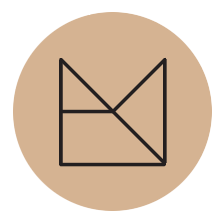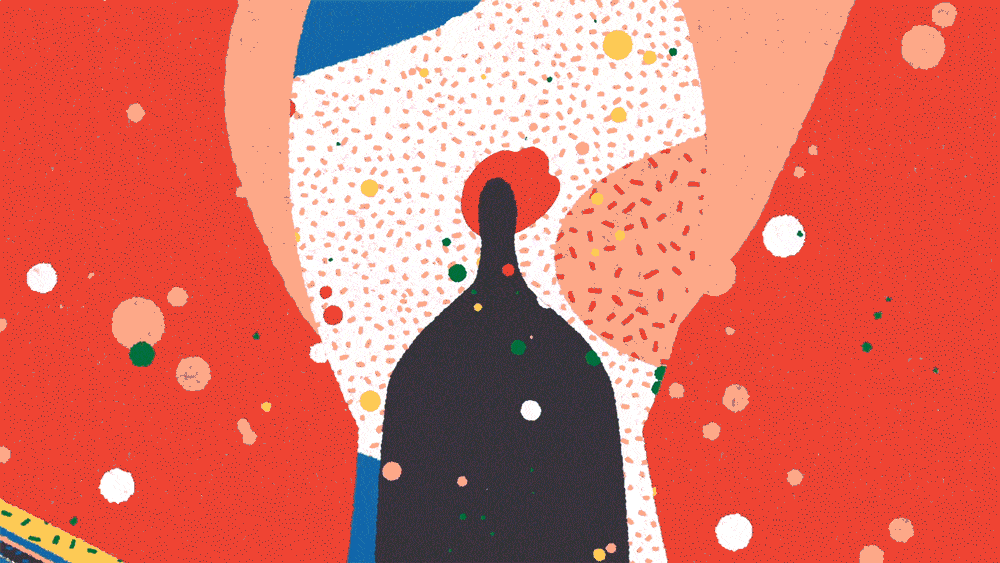Discovering the answer to this question is not an easy task. I have struggled with finding my vocation pretty much since I finished high school, and just until the last couple of years I can say I got more clarity about what I want to do next, and the kind of future I would like to build.
There are so many paths you can take, it is overwhelming. In my case, one of the biggest issues has been dealing with analysis paralysis, which is:
“Feeling a deep fear of making a wrong move. It is treating the decision as overcomplicated, with too many detailed options, hence stalling any choice from being made.”
Since this is a frequent struggle not only for me but also for lots of my friends, I would like to share some ideas and tools that have been helpful for me in this process.
I've made a big effort to simplify the process I've gone through and to put into words things I would have liked to know years ago, when I had no idea of where to start, just to give you a little push.
Gif by Yukai Du.
Discovery:
While there are numerous external factors involved, it is important to start from the origin: self-discovery. Interestingly, despite all the time we spend in school, there is never any formal education on discovering our life purpose or even discovering ourselves. Without first knowing yourself, you can’t get any answers.
What you do should be related to what you love and care about. Start asking yourself questions. Lots of them.
- What gives you the greatest gratification and meaning when you do it? What makes you come alive? Do you like drawing? Cooking? Creating music? Writing?
- What type of problems do you like to solve?
- To which projects / experiences are you especially sensitive?
- What causes would you like to stand up for?
- What are fundamental values in your life?
- What is your vision for your life for the next few years?
Illustration by Yukai Du.
Then you can find yourself in one of two scenarios:
Scenario A.
If you don't have enough clarity, start an iteration process where you explore various things until you discover what you love.
You need new ideas in your head. Introduce yourself to worlds that aren't familiar.
Start to detect activities that make you feel joyful and inspired. See what other people are doing in your industry, and in other fields. There is a lot of innovation and great projects being developed.
Afterward, ask yourself, how do these activities you enjoy relate to what you do currently? Can some of this be merged into what you do? Could you niche down toward this areas? Would you like to shift focus?
Scenario B.
If you already identify your passion give yourself the opportunity to think big. You should try to achieve your highest potential. Forget the social, physical, and mental constraints in your life for a while and imagine an ideal panorama.
Everybody has unique talents. It is not only valuable for us, but for the rest of the world that we cultivate them. The planet would be a much better place if people were passionate about what they do.
Decision-making:
After you go through this initial discovery process, you will start to get some ideas on paths to take. It could be anything from small steps to a radical change in your life.
Just remember that it is completely normal to have a gap between where you want to be, and where you are now, especially if you are young and have big goals. Start building bridges between those two.
While I was listening to the latest Design Matters' interview to Tim Ferris, I learned about a tool called “Fear Setting” (from 30:30 to 40:22), which is basically designed to help us uncover the fear of difficult choices.
What triggers you most when setting goals and making decisions can vary. It could be the love of pursuing what you love or even emotions like fear what helps you take action.
The exercise basically looks something like this:
Fear Setting by Tim Ferris.
A notable aspect of the exercise is to analyze how to repair potential damage. We tend to fear the outcome, but we hardly think about how to reverse it, or reflect on the impermanence of this horrible thing that could happen.
And when compared to the benefits of success or even a partial success, the fear can appear much smaller.
Likewise, with this activity, I could see the significance of evaluating the cost of inaction. As much as it is important to analyze the potential downside of action, we have to think about the atrocious cost of not doing anything at all. If you don’t pursue those things that excite you, where will you be in one year, five years, and ten years?
Don't wait until ten years have passed to see yourself unsatisfied with what you are doing.
One thing is true: you will never be completely sure of how much you will love or hate something until you do it. Start exploring. Start creating.
Illustration by Yukai Du.






